ODESSA POLICE DEPARTMENT & FIRE DEPARTMENTs
The following is an overview of the set up and operations of the OPD and OFD Drone as a First Responder (DFR) program
Program Start
07/2022
Population
120,000
Topography
Urban
Table of Contents
Why DFR?
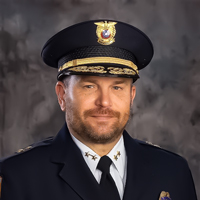
“It arms us with information. Information is power … We have an authorized strength of 182 [officers] and right now we are 35 down … [DFR] is a force multiplier for us and allows us to do things we wouldn’t normally be allowed to do. It allows us to respond to calls quicker than we would be able to otherwise.”
Chief Michael Gerke
Odessa Police Department

“It arms us with information. Information is power … We have an authorized strength of 182 [officers] and right now we are 35 down … [DFR] is a force multiplier for us and allows us to do things we wouldn’t normally be allowed to do. It allows us to respond to calls quicker than we would be able to otherwise.”
Chief Michael Gerke
Odessa Police Department
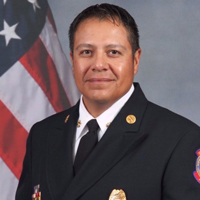
“Any time we receive a call through the 911 call center, they are always trying to relay information to us. Sometimes we get that information and sometimes we don’t… you always want to find out, ‘okay so what are we responding to exactly?’ Being able to have eyes on prior to arrival is going to make a huge difference for us by making better decisions and having a better outcome when responding to incidence.”
Chief John Alvarez
Odessa Fire Department/United States Army Veteran

“Any time we receive a call through the 911 call center, they are always trying to relay information to us. Sometimes we get that information and sometimes we don’t… you always want to find out, ‘okay so what are we responding to exactly?’ Being able to have eyes on prior to arrival is going to make a huge difference for us by making better decisions and having a better outcome when responding to incidence.”
Chief John Alvarez
Odessa Fire Department/United States Army Veteran
The FAA Process
Paladin handled the entire FAA process from “Yes, I want to start a program” to launch day. Over the course of three months, Paladin worked closely with Ian Kapets – UAS Coordinator for OPD and Rusty Martin – UAS Pilot for OPD to map out the DFR operation. We were able to simultaneously apply for the JCOA and BVLOS waiver after selecting launch locations and carefully customizing the CONOPS to fit their city. Odessa has class C, E, and G airspace and six approved launch locations which allow for a three mile radius around each. The drone is able to reach the edge of these circles due to its LTE connection.
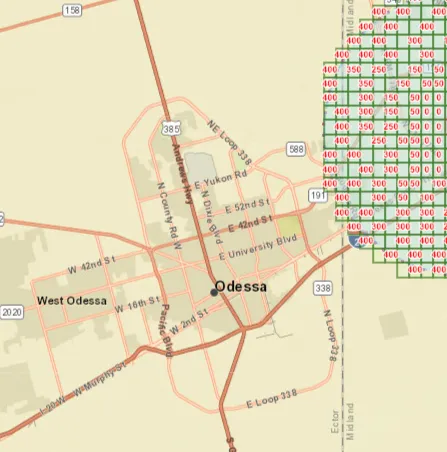
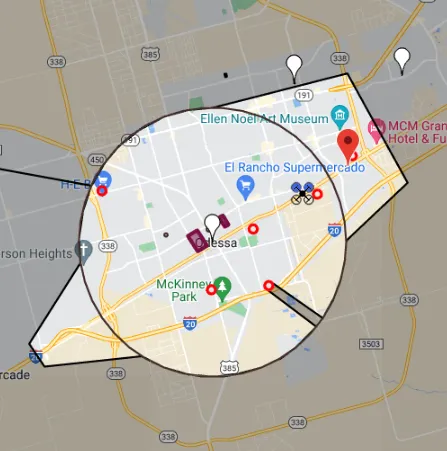
Odessa uses see and avoid with visual observers (VO) to identify possible obstructions during operations. Instead of needing a VO stationed next to the drone at all hours of operation, Odessa uses a network of both officers and firefighters on the job to observe the airspace. At any given time, OPD will have 15 officers of patrol and OFD will have 60 firefighters able to act as a VO. The reason this is a sufficient mitigation to line of sight flying is because our LTE connection enables the drone to fly much farther than one singular visual observer can see from a rooftop. The benefits are invaluable. In the four shift model, for 24/7 flying, the old model would need 4 VO’s per drone. With a five drone program, Odessa PD and OFD would need to fund an extra 20 civilians to act as VO’s. It is also important to note that Odessa would require at least 10 radio-based drones just to cover it geographically and with the same amount of overlapping coverage to ensure availability of a UAS. Paladin’s method and technology eliminate hundreds of thousands of dollars a year in visual observers and thousands of hours of manpower. To learn more about the Paladin FAA process, read here or contact us.
Onboarding
The onboarding process was a four day hands on class. A member of the Paladin team arrived Sunday to do LTE testing before beginning the training sessions on Monday. All 15 pilots participating in the program attend the class.
Day 1 started with manual flying lessons of the drone and then an autonomous training session. The afternoon consisted of maintenance, calibrations, preflight checks, and proper FAA operations.
Days 2 – 4 consisted of training wheel deployments in which a member of our team sat with the pilots and watched as they began responding to real calls. This hands on approach allowed for any questions to be answered before, during, and after calls. We begin with one drone in our crawl, walk, run model. Once we nail that process down, we expand until we reach the optimal number of drones. Odessa is starting with a five drone system however due to call volume of both police and fire, the program may choose to expand.
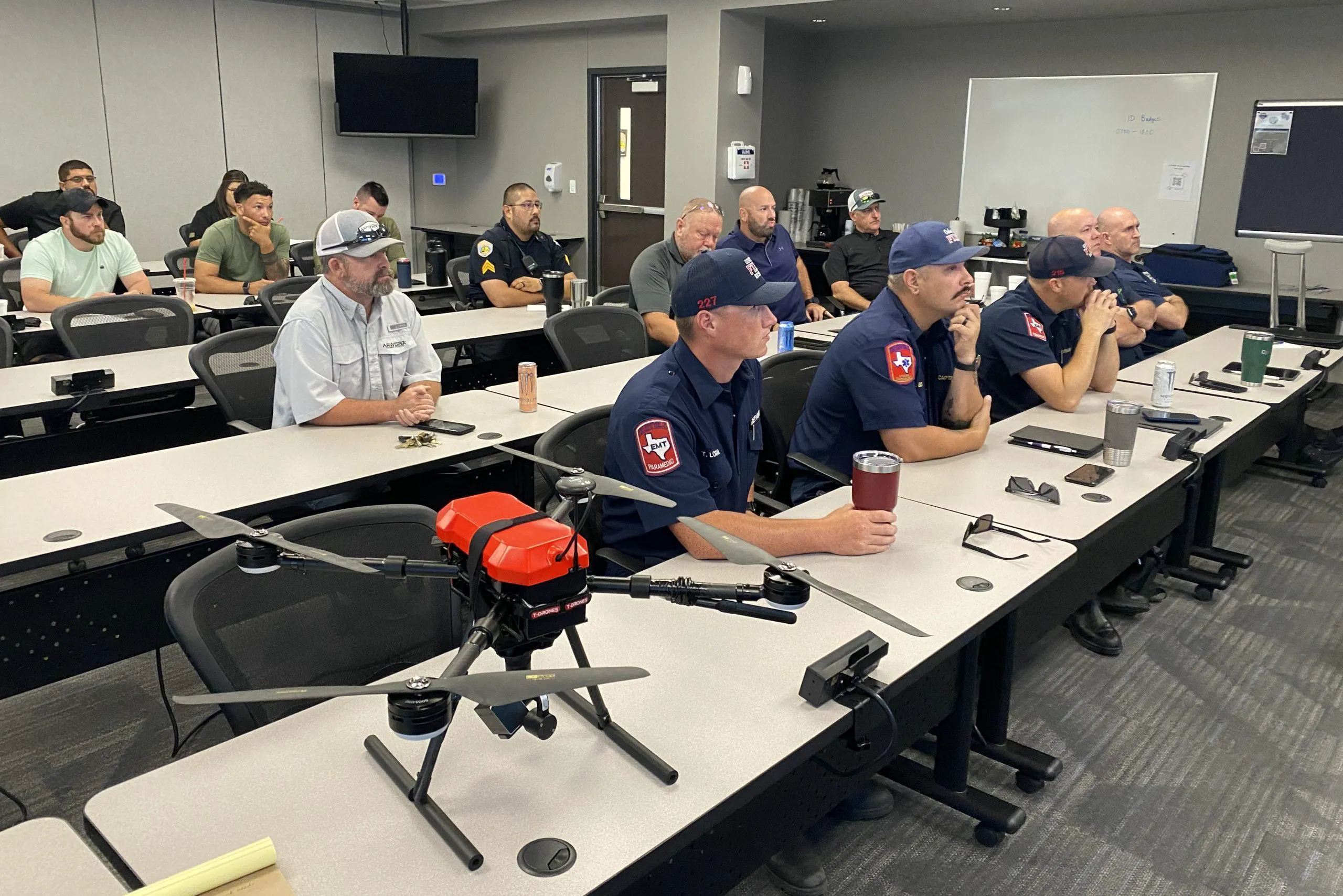
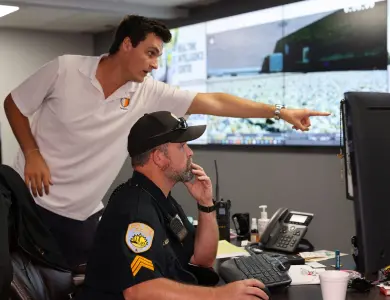
Operation Overview
Odessa Police Department in a joint operation with Odessa Fire Department have a five drone Drone as a First Responder program. On a rotation schedule, OFD and OPD pilots are on shift together, quarterbacking calls and taking charge of the UAS operation from the PD headquarters.
When a call comes in, the address is populated into the drone. Simultaneously, the PIC radios a request for a VO on the route the drone will be taking. Once they receive confirmation that the VO is ready and they have confirmed with RadarBox that there are no other aircraft in the area at a low altitude, the PIC clicks “Start” on Watchtower and the drone launches.
Before the drone arrives on scene, it is important to note that unless the mission involves a search whether that be identifying the exact location of a car accident or fire to searching for a missing person, the camera is angled parallel to the ground to ensure OPD and OFD are flying according to the Paladin Privacy Policies agreed upon. Once the drone arrives on scene, the PIC can control the gimbal and location of the UAS to complete the mission.
Once the mission is complete, the PIC simply clicks “RTH” on Watchtower and the drone returns to the spot it launched from. It is important to note that the PIC maintains radio communication with the VO throughout the duration of the flight and that if the UAS runs multiple calls in different areas, the VO responsibility will switch to an officer or firefighter available to observe the airspace.
UAS Coordinators
Captain Ben Marts
IT Liaison for OFR, Station 2 on Engine 2, Odessa Fire Rescue 15 years
“We’re excited about what possibilities will open up by having Paladin in the sky above us. In just a few days we’ve seen the benefit of having live video available prior to our arrival and during the initial minutes of high priority calls. Giving the ability to Dispatch and Fire Admin to see us in action helps everyone understand the big picture including hurdles and struggles that often go unseen by anyone not on scene.”`
Sgt. Rusty Martin
Sgt. Martin has been with the Odessa Police department for 16 years. His experience includes assignments to Patrol as an Officer, a field training Officer, and a Patrol Sergeant. He has been assigned to the special weapons and tactics team as both team member and Sniper, the street crimes unit, and is currently the sergeant over the traffic unit. Sgt. Martin helped start the drone program for the Odessa Police Department in 2018 and loves working for an agency that is always seeking out new technology.
